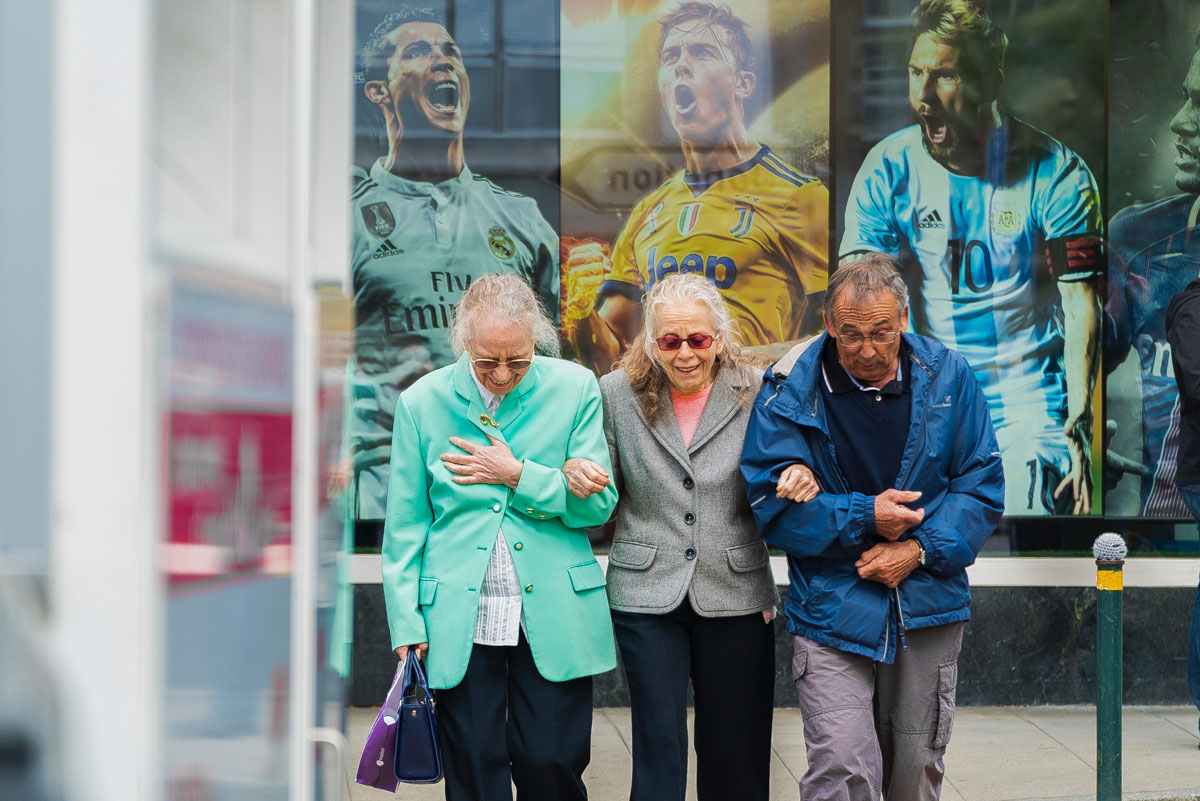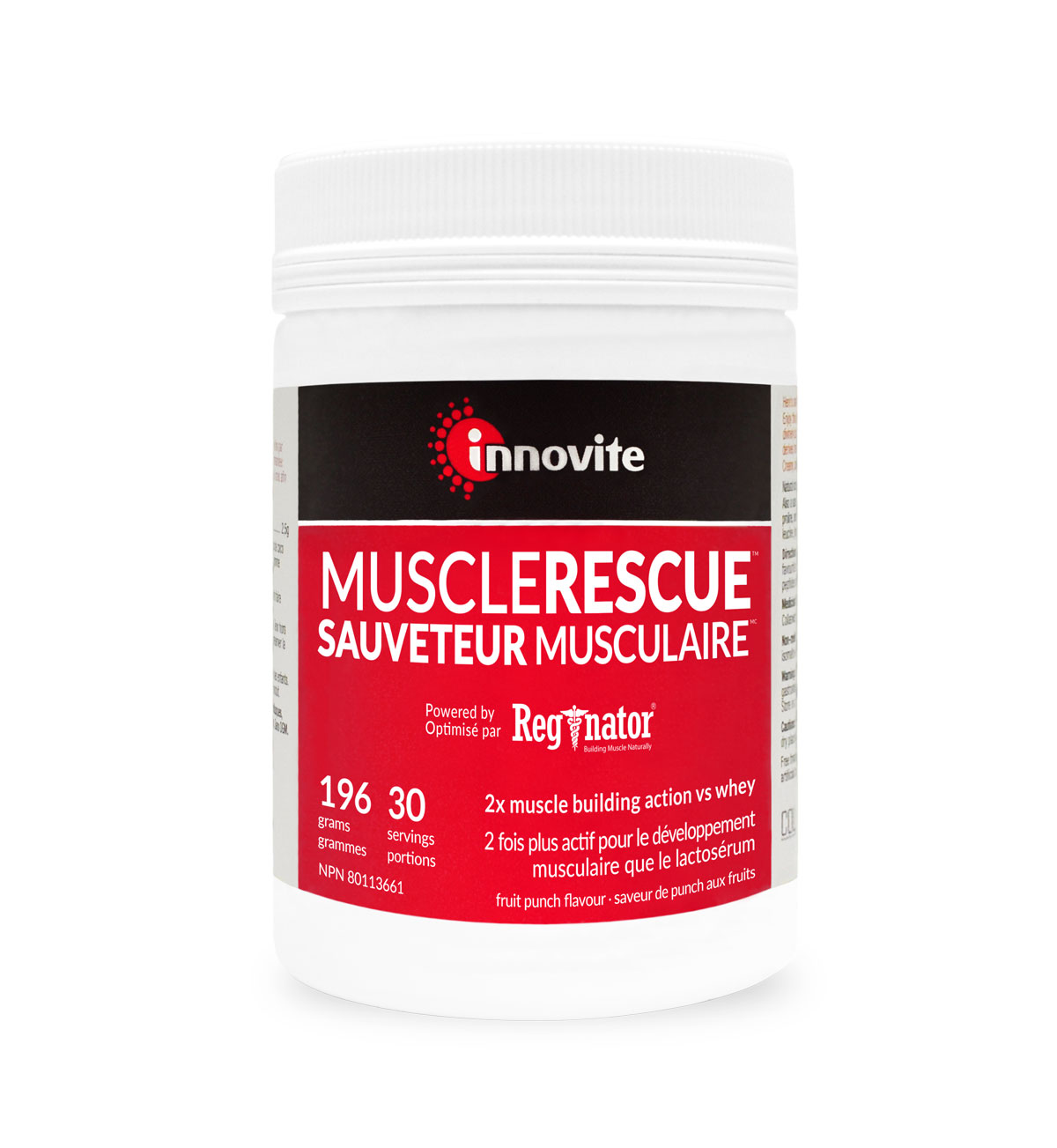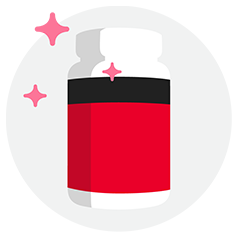Combating age-related muscle loss

As we age, it’s natural for our bodies to change in many ways. From getting wrinkles to noticing age spots, it’s all a part of growing older. But certain changes, such as a decline in muscle mass, can hinder our daily lives by preventing us from doing various activities such as walking up and down the stairs.
There are some measures you can take to slow down the impact of age-related muscle loss. Let’s dive in.
What is muscle mass?
Our bodies consist of two components: body fat and lean body mass. Although many people interchange the terms lean body mass and muscle mass, they’re a bit different. While lean body mass is used to describe muscle mass, bones, and bodily fluid altogether, muscle mass refers only to the size of your muscles. Muscle mass includes skeletal, smooth, and cardiac muscles.
A loss in muscle mass
When people talk about losing muscle mass, it’s usually referring to skeletal muscle. This type of muscle is vital for mobility, balance, and strength, and is what impacts our physical function. As you get older, it’s normal to lose muscle mass. Age-related muscle loss is referred to as sarcopenia and starts at around 30 years of age. You can lose up to 30% of muscle mass by the age of 80, which reduces your ability to move physically and increases your risk of fall-related injuries such as fractures.
What causes our muscles to atrophy with age?
Age-related decline in muscle mass can be caused by a variety of factors. A decrease in protein intake and reduced physical activity are two main lifestyle factors that accompany age, all of which play a critical role in sarcopenia.
Muscle protein synthesis is an essential component of the body’s natural turnover of protein. This process is required for continuous repair and growth of our skeletal muscle so that we are able to maintain strength, functional mobility, and potentially increase muscle mass. When older individuals experience anabolic resistance, muscle tissue doesn’t respond in the same way compared to younger adults, despite exercising and eating a diet rich in protein. This causes a decline in muscle mass.
In addition to these intramuscular factors, aging reduces anabolic hormones such as testosterone, estrogen, growth hormone, and insulin-like growth factor–1. This means the hormones responsible for building muscle also decline with age.
The issue with losing muscle mass
Losing muscle mass can be a problem because it can lead to various health issues. Here are a few to take note of:
- Increased risk of falls and fractures
- Decreased metabolism, mobility, and balance
- A decline in skeletal muscle
- Stiff joints, a decrease of bone density, and kyphosis (the reduction of stature)
- Increase in fat mass, which is associated with insulin resistance
Although losing muscle mass is a normal part of aging, it’s still important to slow the rate of decline and preserve muscle tissue. This will allow you to partake in daily tasks even as you age, such as opening doors and carrying your own bags.
How can I build muscle mass?

Working on building muscle mass through exercise and diet can help you preserve muscle mass with age.
Exercise
Resistance training or strength training has shown a great effect on increasing muscle mass and reducing age-related loss of muscle mass. This form of exercise forces your muscles to work against resistance, which strengthens your muscles as a result. Some exercises you can do include:
- Bodyweight exercises such as pushups
- Exercises using resistance bands
- Lifting free weights such as dumbbells or water bottles
- Using weight machines
- High-intensity interval training (HIIT)
- Pilates
Diet
Working out goes hand in hand with what you eat. So it’s essential to consume nutritious food with high protein content. This is because protein helps build and repair muscle. Research suggests that consuming 30 grams or more of high-quality protein spaced out throughout the day is the best way to combat anabolic resistance. Some foods that are rich in protein include nuts, beans, beef, poultry, fish, and eggs.
High-quality protein is defined by a balanced profile of all 9 essential amino acids – the building blocks of protein. To support muscle protein synthesis, try Innovite’s Muscle Rescue, a patented blend of all 9 essential amino acids, clinically proven to preserve and increase muscle tissue growth.

Sources:
- How Much Muscle Mass Should I Have, and How Do I Measure It?
- Muscle tissue changes with aging
- Dietary Protein and Muscle Mass: Translating Science to Application and Health Benefit
- Lifestyle and Sarcopenia—Etiology, Prevention, and Treatment
- Current nutritional recommendations and novel dietary strategies to manage sarcopenia
- Age-related and disease-related muscle loss: the effect of diabetes, obesity, and other diseases
- Optimizing Adult Protein Intake During Catabolic Health Conditions






